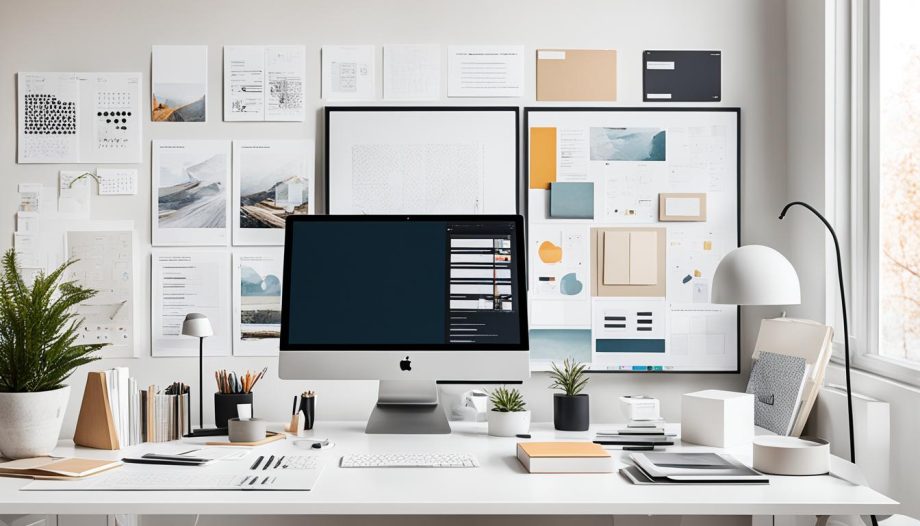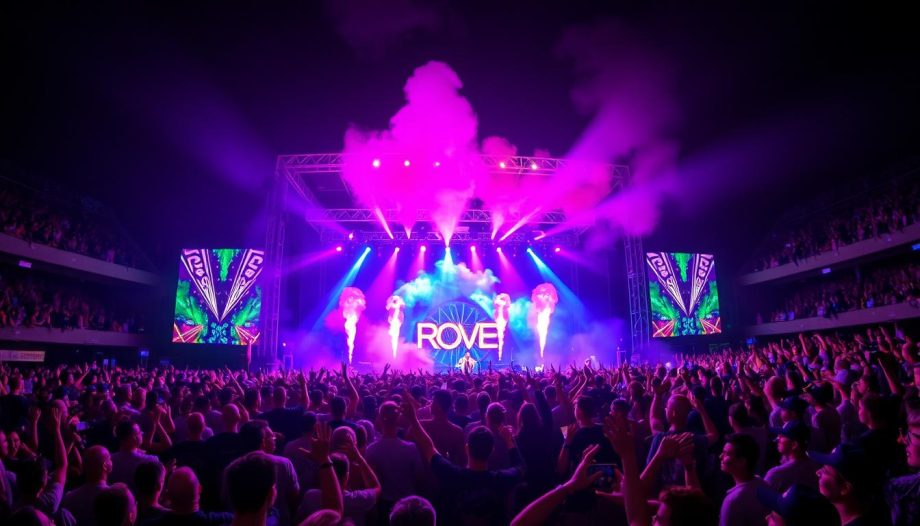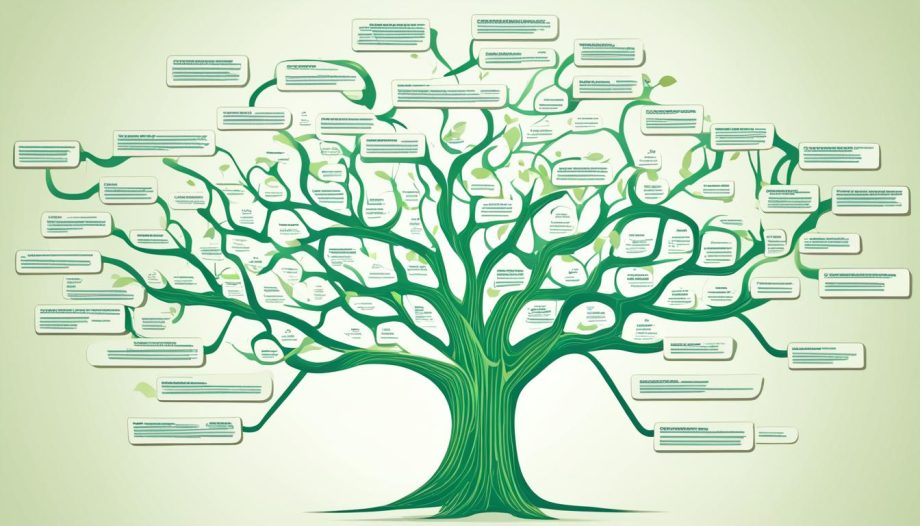Welcome to the exciting world of web design! In this section, I will share essential tips and tricks to help you create stunning websites that will captivate users and enhance their overall browsing experience.
Web design is a crucial aspect of building an online presence, whether you’re a business owner, a freelancer, or someone passionate about creating beautiful and functional websites. By mastering the art of web design, you can convey your message effectively and leave a lasting impression on your visitors.
Throughout this journey, we will explore the key elements that make a website successful, guiding you step by step to achieve outstanding results. From aesthetics and usability to responsiveness and optimization, we’ll cover everything you need to know to create websites that stand out from the crowd.
Are you ready to dive into the world of web design and unlock your creativity? Let’s get started!
Understanding the Basics of Web Design
Welcome to the second section of our web design journey! In this section, we will explore the fundamentals of web design and delve into the basics that form the foundation of every successful website. Whether you’re a beginner or looking to refresh your knowledge, understanding these essential elements is crucial to creating visually appealing and user-friendly designs.
Color Scheme and Typography
A visually captivating website starts with choosing the right color scheme and typography. The color scheme sets the mood and tone of your website, while typography enhances readability and user experience. Consider the audience and purpose of your website when selecting colors and fonts to ensure they align with your brand identity and message.
User-Friendly Layout
A user-friendly layout is key to keeping visitors engaged and navigating effortlessly through your website. Organize content in a logical and intuitive manner, making it easy for users to find what they’re looking for. Remember to optimize your design for both desktop and mobile devices, ensuring a seamless experience across various screen sizes and resolutions.
“Good design is making something intelligible and memorable. Great design is making something memorable and meaningful.” – Dieter Rams
Visual Hierarchy
Using visual hierarchy, you can guide users’ attention to the most important elements on your website. Incorporate different sizes, colors, and typography styles to create a clear hierarchy of information. This will help users quickly understand the content and take the desired actions.
Images and Graphics
Visuals play a crucial role in web design, elevating the overall appeal of your website. Thoughtfully chosen images and graphics can evoke emotions and convey messages effectively. Use high-quality visuals that align with your brand and enhance the user experience.
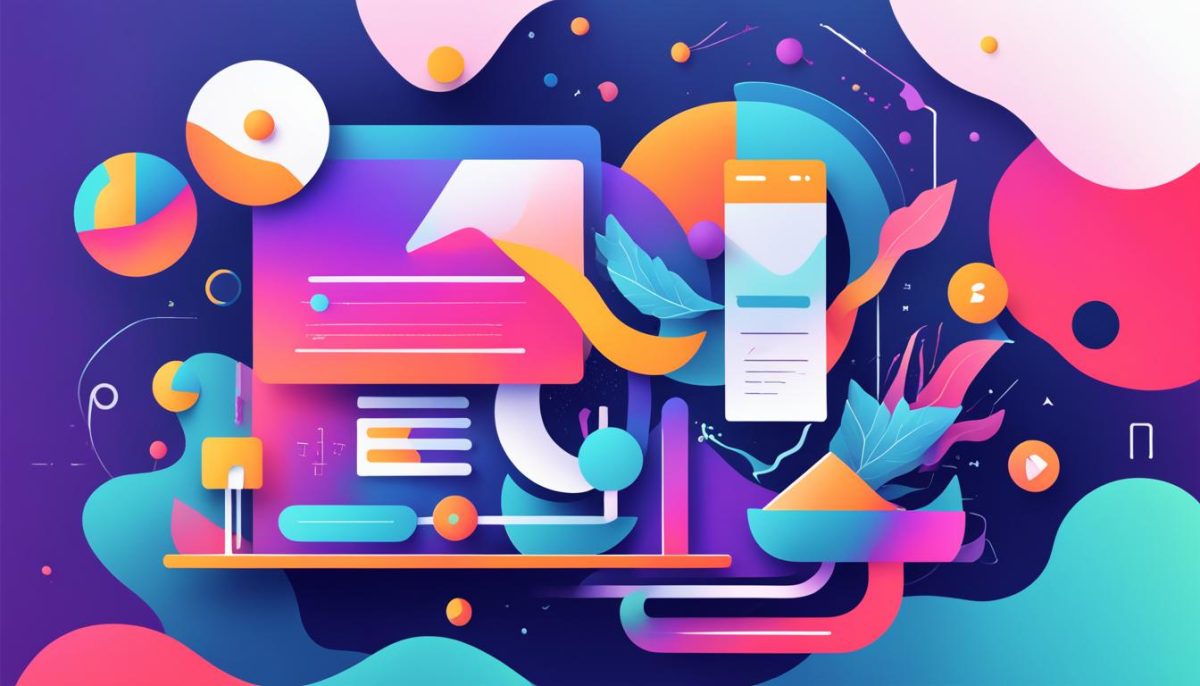
Now that you have a solid understanding of the basics of web design, let’s move on to the next section, where we’ll explore effective techniques and strategies for creating stunning websites.
Effective Techniques for Web Design
In today’s digital landscape, implementing effective techniques in web design is crucial for creating visually appealing and user-friendly websites. In this section, we will explore some of the key techniques that can elevate your web design skills and enhance the overall user experience.
Responsive Design
One of the most important techniques in modern web design is responsive design. With the increasing use of mobile devices, it is essential to ensure that your website adapts seamlessly to different screen sizes and resolutions. By using responsive design practices, you can optimize the layout and content of your website to provide an optimal viewing experience for users on any device.
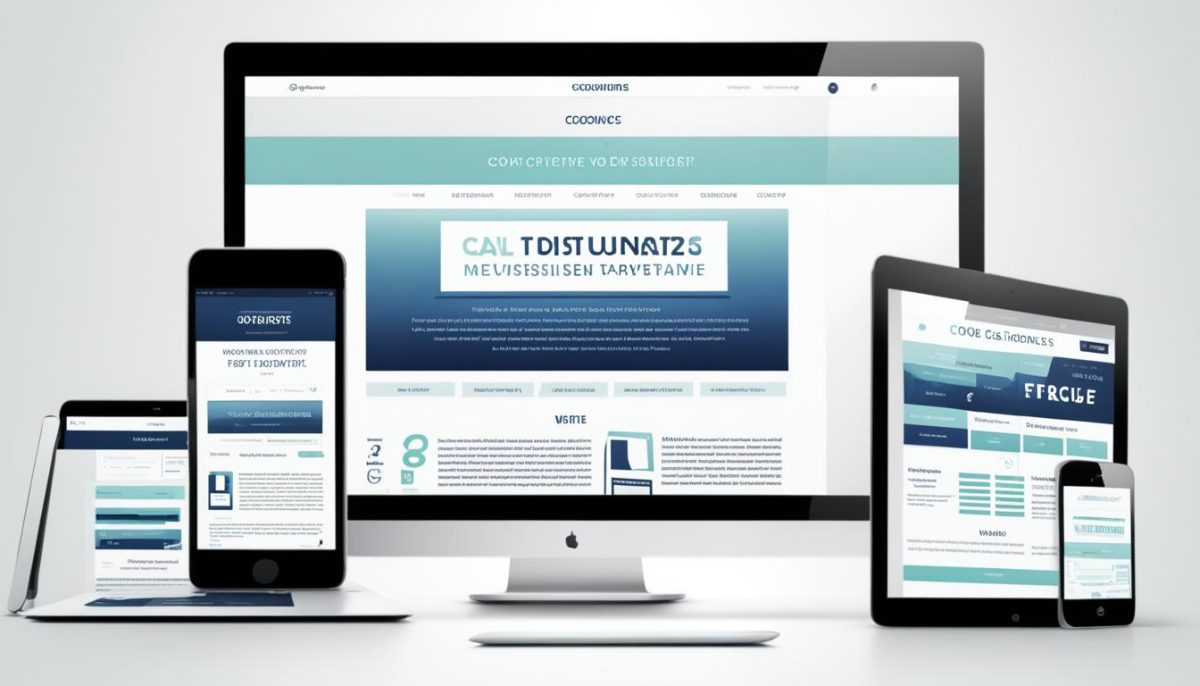
Intuitive Navigation
Intuitive navigation is another critical aspect of effective web design. When users visit your website, they should be able to effortlessly navigate through different pages and sections. By creating a clear and intuitive navigation menu, you can guide users to the information they are seeking, resulting in a positive user experience. Consider using drop-down menus, breadcrumb trails, and clear labeling to enhance navigation.
Optimizing Site Speed
Site speed is a crucial factor in web design that directly impacts user experience and search engine ranking. Slow-loading websites frustrate users and increase bounce rates. Therefore, it is essential to optimize your website’s speed by compressing images, minifying CSS and JavaScript files, and leveraging browser caching. By improving site speed, users will have a seamless browsing experience, which can lead to increased engagement and conversions.
Incorporating Engaging Visuals
Visual elements play a significant role in capturing users’ attention and conveying your brand’s message. Incorporating engaging visuals, such as high-quality images, videos, and infographics, can make your website more visually appealing and enhance the overall user experience. However, it is crucial to optimize the file sizes of these visuals to maintain fast load times without compromising quality.
By implementing these effective techniques in web design, you can create websites that not only look stunning but also provide a seamless user experience. Remember to prioritize responsive design, intuitive navigation, site speed optimization, and engaging visuals to ensure your website stands out in today’s competitive online landscape.
Advanced Strategies for Web Design
In this final section, I will share some advanced strategies that will elevate your web design skills and help you create truly exceptional websites. By incorporating these techniques, you can take your designs to the next level, leaving a lasting impression on your users.
One powerful way to enhance user experiences is by incorporating interactive features. By adding animations, sliders, and image galleries, you can create a dynamic and engaging environment that captures your visitors’ attention. These interactive elements not only make your website more visually appealing but also provide a unique and memorable browsing experience.
Another crucial aspect of effective web design is conversion optimization. By optimizing your website’s layout, content, and calls-to-action, you can guide your visitors towards desired actions, such as making a purchase or signing up for a newsletter. Implementing persuasive copywriting, strategically placed buttons, and clear navigation menus can significantly increase your conversion rates and turn casual visitors into loyal customers.
Lastly, it is important to regularly update and maintain your website to ensure its long-term success. Keeping your content fresh, fixing broken links, and staying up-to-date with the latest design trends will demonstrate your commitment to providing a seamless user experience. Additionally, regular maintenance will improve your website’s performance and security, ensuring that it is both functional and safe for your users.

